Renewal: Afghanistan | Special issue on Afghanistan
A Gulf In Practice
…the right way to photograph, to look at painting, to understand a country, to shun the picturesque, to ‘think’ a story, to ‘organize it in the mind;’ and of course to see – to learn to see… -Marc Riboud as quoted in the Photobook Review, May ’13.
While Riboud travelled through what he considered to be the ‘orient’ in 1955 – China, Japan, India, Nepal, Afghanistan and Turkey – Henri Cartier Bresson sent him several letters expressing ways in which to approach an unfamiliar country. The essence of Bresson’s advice, surmised by Riboud and cited above, is imaginably dated, even prosaic, but more so than ever, what holds true is that the image continues to have an iron grip on our pre-conceptions, influencing outcomes and provoking memories through lived encounters.
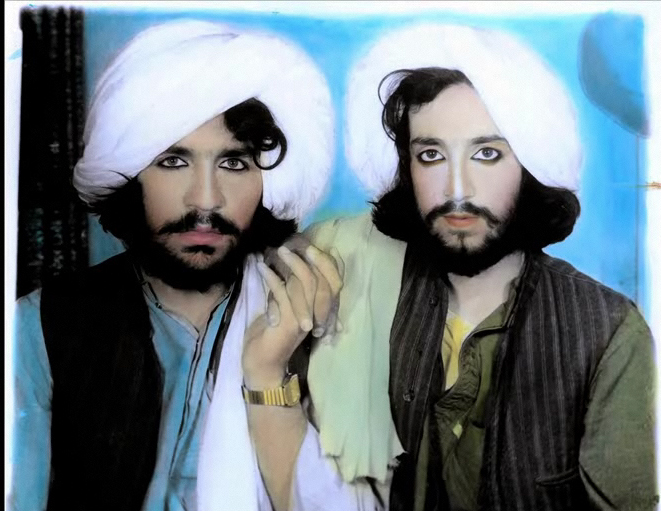
Afghanistan, Kandahar, 2002 Thomas Dworzak Collection Magnum Photos
As much as photography has established a grounded language and aesthetic, to propose that all images from any space may abide by a code, strikes me as a contentious issue in this quarterly. In an effort to surmount genre and a classification of the contemporary as sacrosanct, there is a developmental or incremental stance where the idea of a resistance and hence what we considered its other – renewal – are points of debate rather than assumption. Even a cursory glance at the renowned works of Ed Grazda (Afghanistan Diary, 1992-2000) and now Larry Towell (Afghanistan, 2014), both managed as field trips, expresses how with time an image of place inevitably morphs; or how similar images take on new meaning when given fresh context. Towell’s monumental publication on war torn spaces begs perspective as a generalisation of war – a visual spectacle that may easily be read as propaganda. However quite positively, it questions whether a transitional moment in Afghanistan’s visual history is possible and whether it has a precursor?
3rd Eye, the name of photography collective in Kabul today, comprises mainly journalists, and we had the fortune of meeting some of its practitioners on our recce in December 2014. Reza Sahel, a cameraman and teacher at Kabul University, greeted us on an early December morning at their premises. A makeshift establishment driven by sheer devotion and the desire to see their profession take leaps in time, an improvised heater with a metal chimney at the centre of the room foregrounded another Reza, seated on a broad carpet. Reza Yemak, previously part of the Presidential guard, now turned photographer, sat on the floor turning his prayer beads.
As the discussion progressed, he spoke to us of a country whose history had been wiped clean in the last decade. “What is contemporary without history?” he suggested. The uncertainty was not passive, but a motion to generate outcomes without fabricating a past, knowing that the images they take will now form a contemporary, regional history – and with time represent a new kind of past, perhaps even a peoples’ past. Other professionals who we met in Kabul included a group of young filmmakers called Jump Cut, and their sensibility was that every two steps forward seemed to be one step back, but this was what made them act more constructively. The stress was to document, to chronicle families and events with what can only be perceived as a decisive stance – not only because it is at great personal risk, but also to know that documenting now is itself an act of foresight.
As one proceeded in conversation with Reza Yemak, Rahraw Omarzad and several other institutional representatives, it was clear that our initial engagement needed a follow up. Social media could not easily foster a line of sight or a dialogue between India and Afghanistan. Hence, we were not poised to intervene just yet, but to exchange and document. The seeds for approaching the India Afghanistan Foundation were hence planted and played a pivotal rolein securing our team’s next visit, for a 5 day interaction and workshop with a select number of photographers, pre-decided between The Afghan Photography Network, the Goethe Institut, British Council and PIX. Another purpose for conducting basic workshops was to enlarge our understanding of the professional photography base in the region and to share experiences rather than immediately generate results.
Though slow to start, eventually, the number of entries received for this publication steadily increased, something we didn’t foresee in our first 3 months on the project, which seemed to be confounded in how to address some fundamental approaches. Our primary challenge was to be cognizant of the lacuna between what Afghanistan was in news media, held fast by what we so desired to showcase of its renewed identity as a country experimenting with a novel kind of freedom – a personal, local engagement with place. What came from such as modus operandi was the following proposition: How does one present a visual counter argument to the polarised representation of Afghanistan, given there are underlining motives both for the national as well as the international media?
What ensued was the difficulty of finding a vantage point that was singular as it is almost impossible given the factions within and outside the country. With such outlined challenges, could the images in fact substantiate our contention that photos represent a kind of collective consciousness and so aid in the deconstruction of some pressing socio-political issues of our times? How does one then generate a representative image of a nation, and is that a valid position to take? Is the nation presupposed in all one does as an individual practitioner? How does one come to a consensus between views from within and outside Afghanistan?

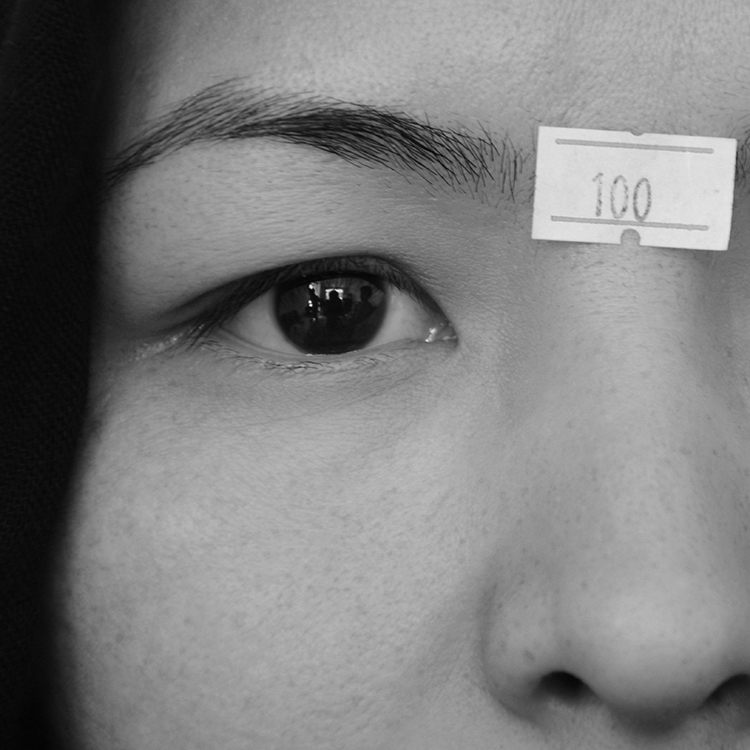
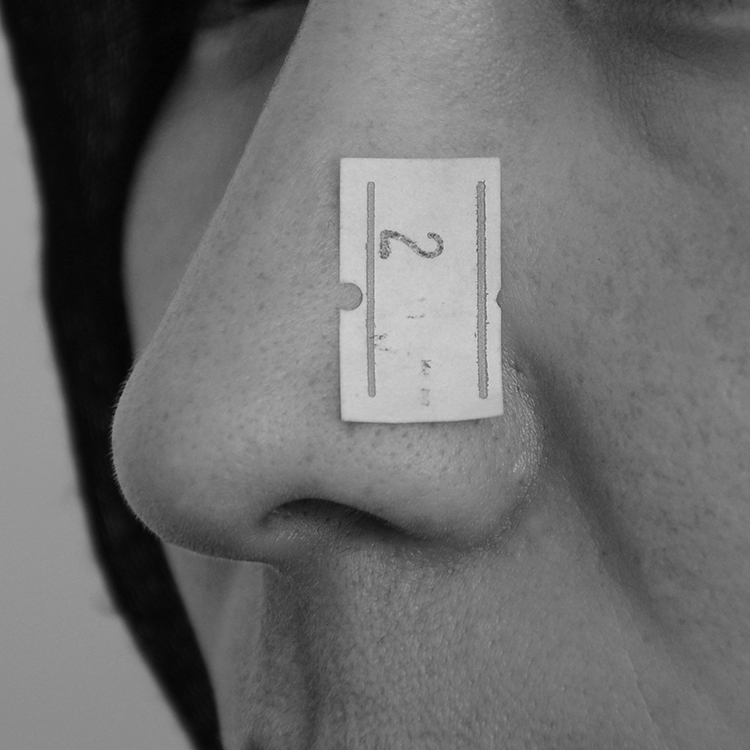
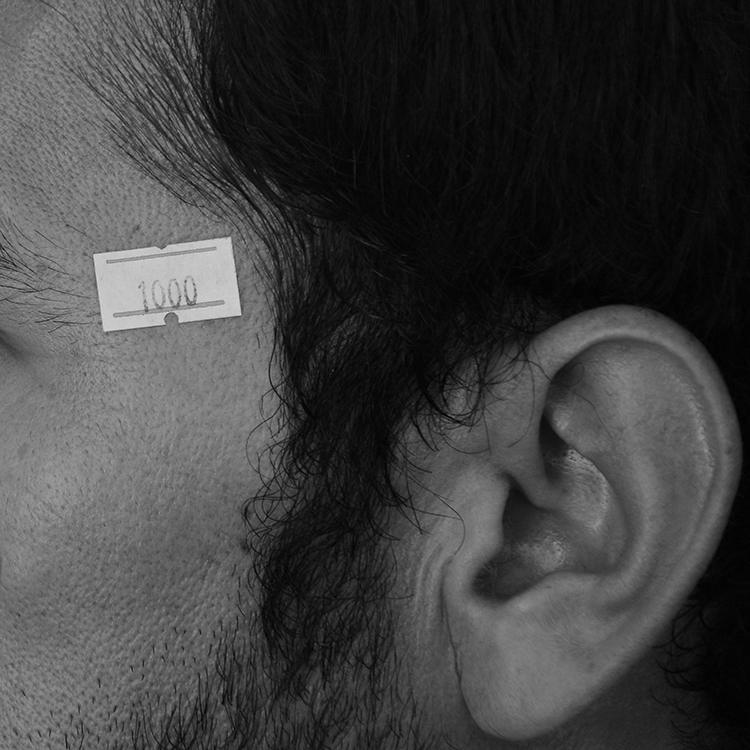
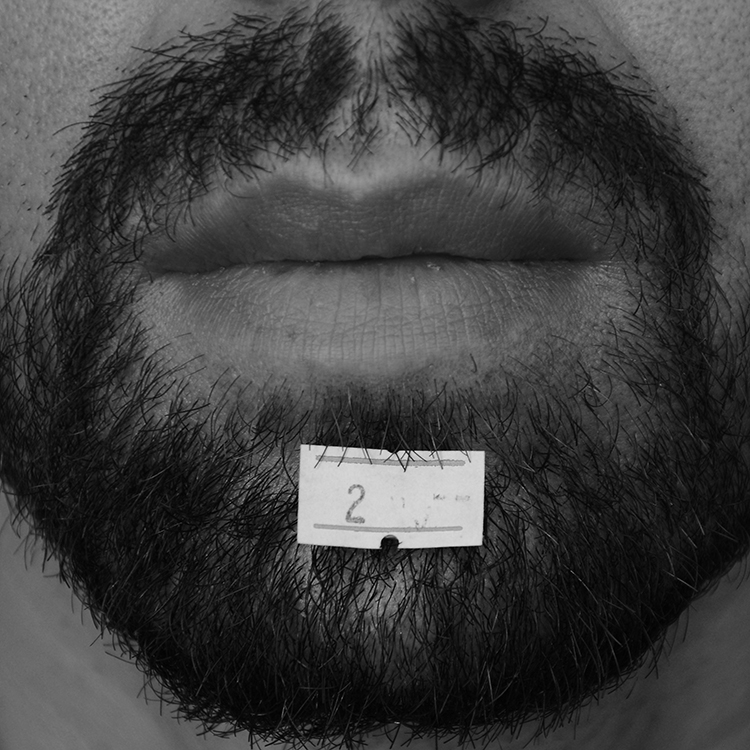
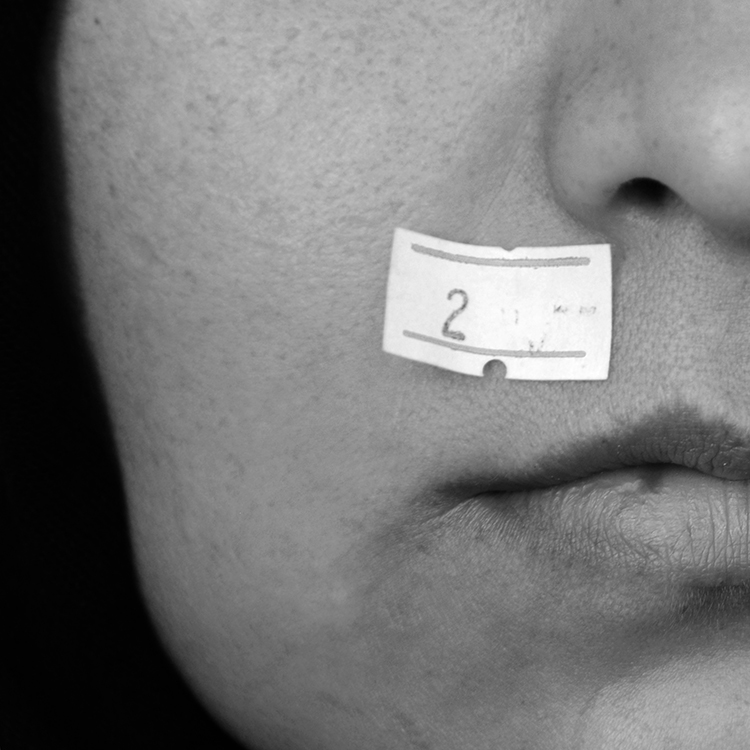
From the series Our Great Discount By Reza Sepehri Kabul, 2014 Digital
The tasks therefore were also about peering through a looking glass, and in spite of our previous exchanges with Iran, Pakistan or even Sri Lanka, the sense of scratching a surface was never as apparent. But some justifications did ring true – that as outsiders, we did not have an entrenched view of the space, and that insiders may have too many preconceptions – and this was used to some advantage. The safety net of this issue is therefore dependent on a grip that was loosening around tropes of photography that are predominant in places other than Afghanistan, given its unique socio-political position in the world – and what it encounters daily determines the methods people adopt.
Consequently, the rhythm of the images presented here was generated by both online submissions and portfolio requests, trying to manifest a social convergence between developing projects and individual assignments. The aim was to anticipate how the future could be cast from this bedrock of practices and practitioners so as to create a frame around a situation, a country, and a people rather than just illustrate them. And through this archaeology of practices, there is now an awareness, as there is a desire – that we do not occupy a space but generate a dialogue for a new one.
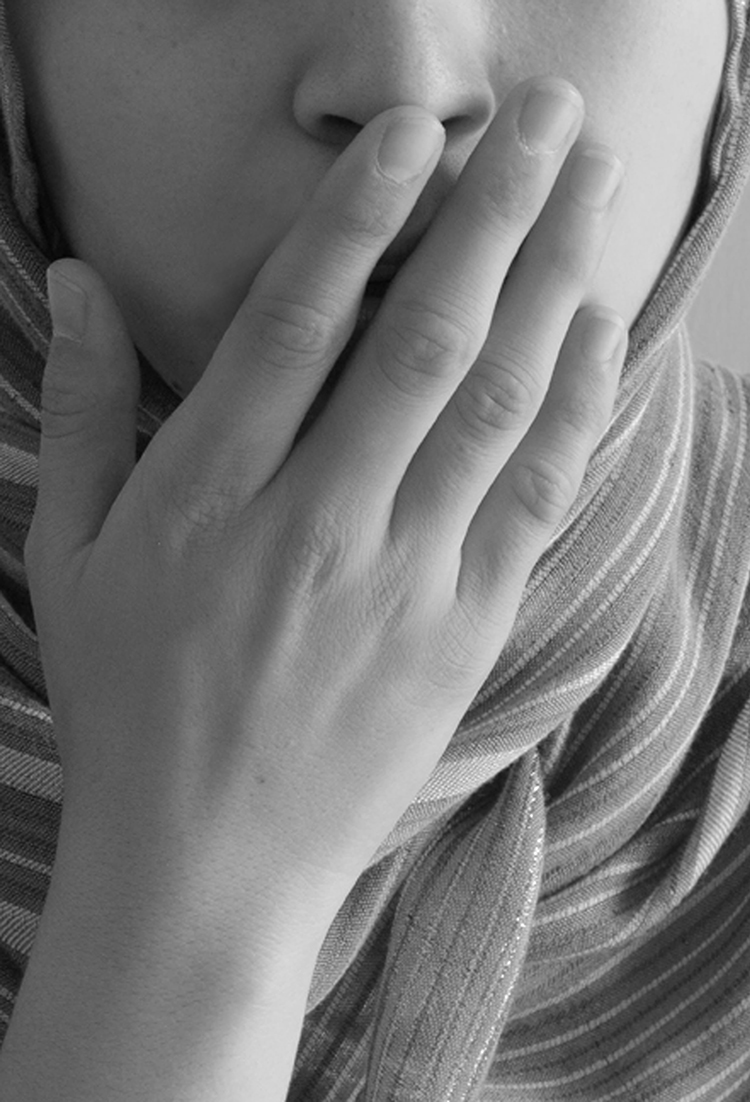
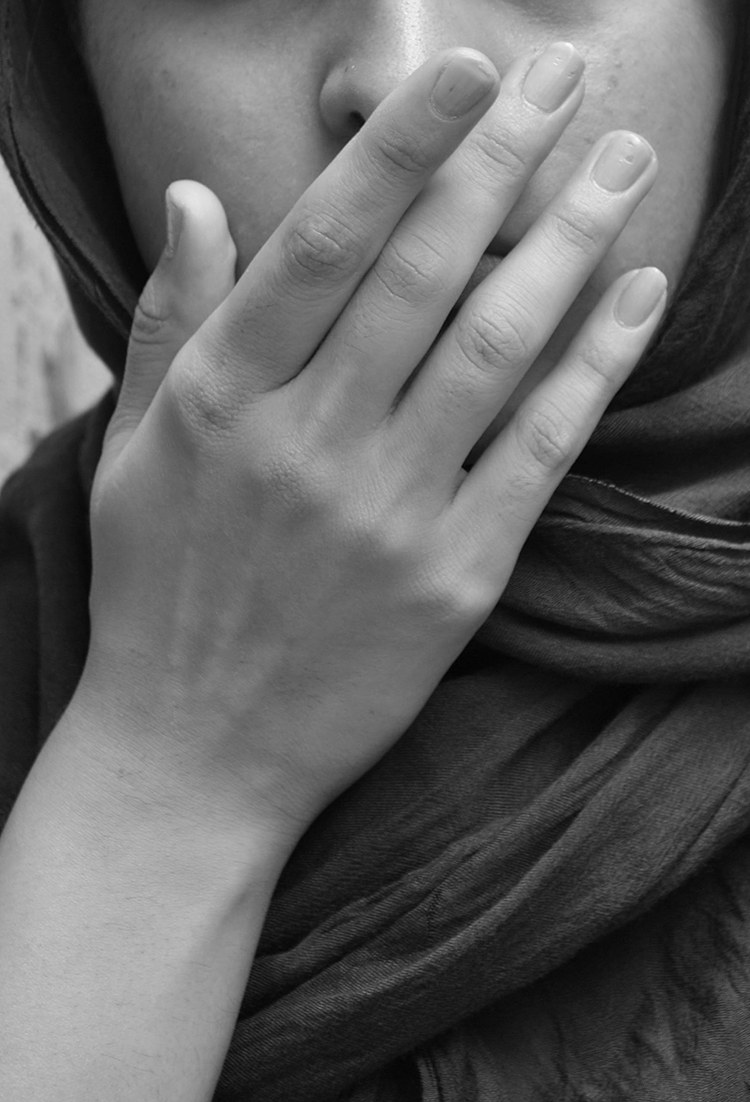
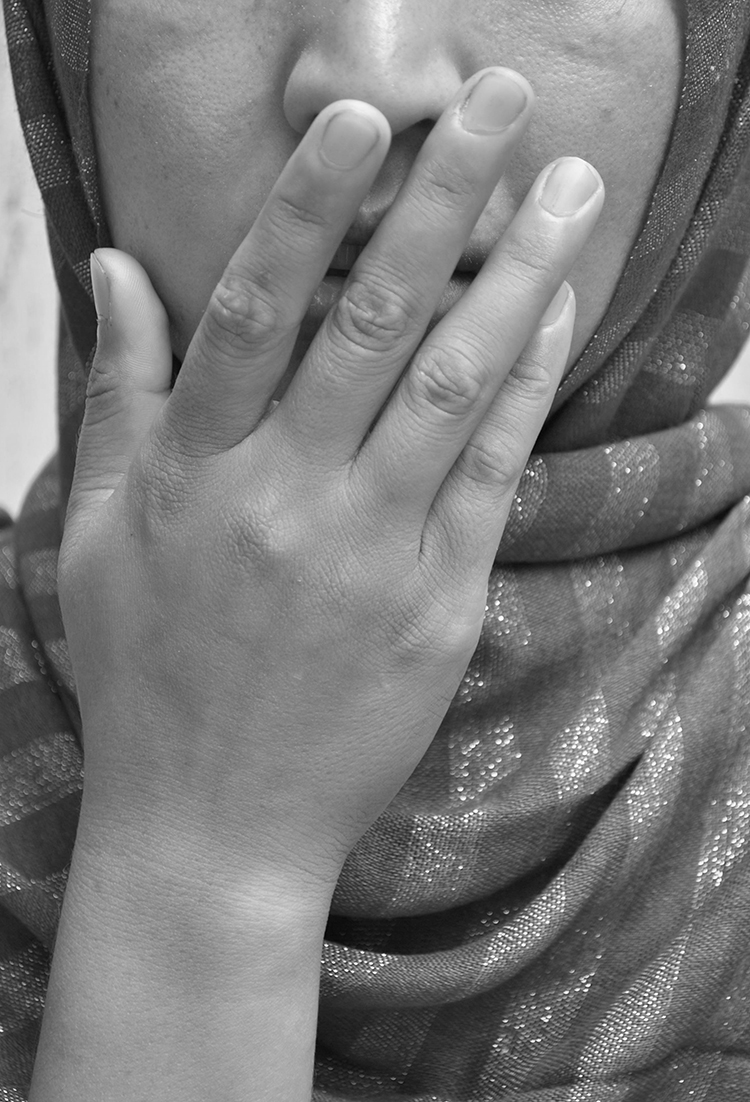
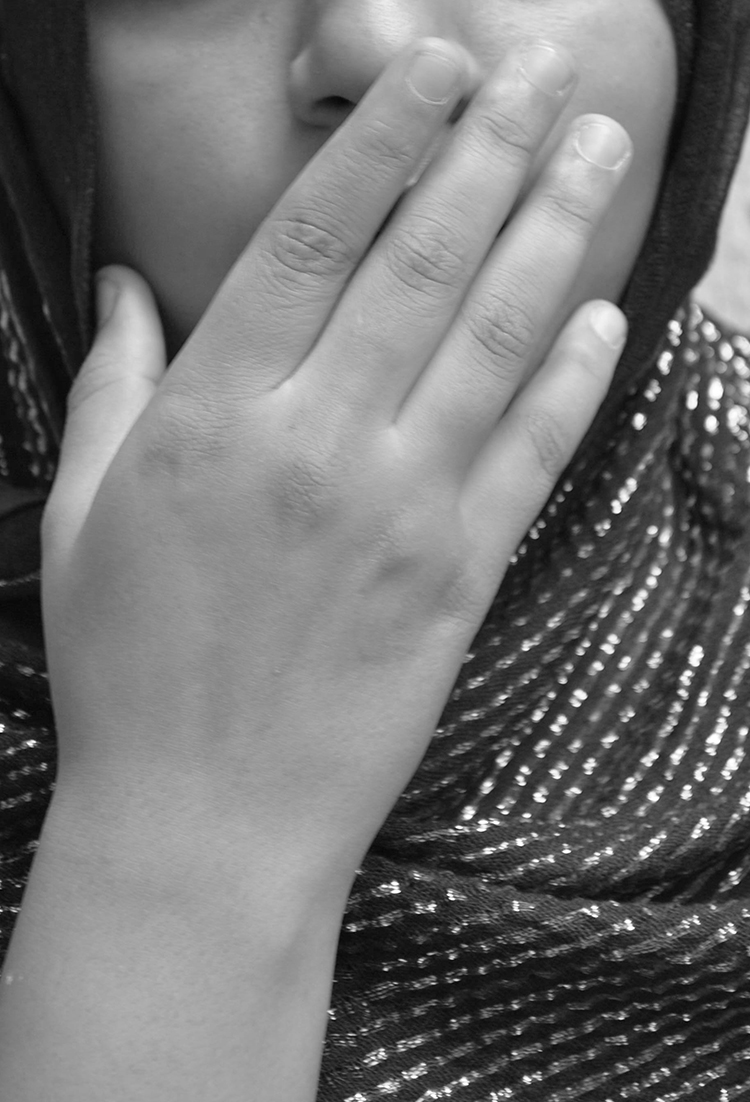

From the series This is Not Me! By Hanifa Alizada Kabul, 2011 Digital